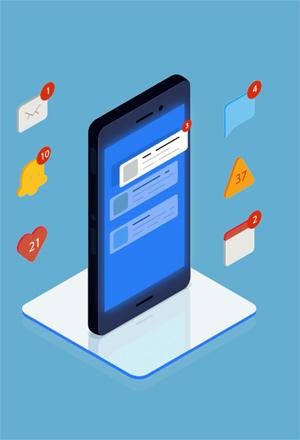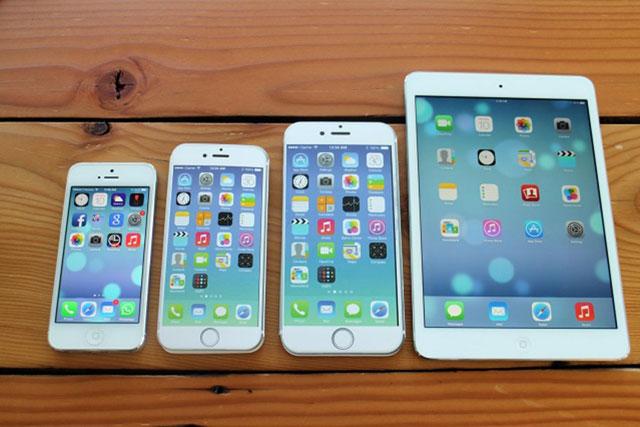You are here
Hazardous apps
By Jean-Claude Elias - Feb 26,2015 - Last updated at Feb 26,2015
Everybody craves apps nowadays. The name alone is catchy and sounds so much more attractive than passé terms such as application, programme or software. Beyond the appeal of the name, however, lies an ocean of risks. Not everyone is aware of what apps can do to their mobile device, especially those that come free — by far the largest number.
I am not against apps; quite the opposite actually. I have about 30 of them on my smartphone and tablet and regularly use at least 10 of these very useful tools on a daily basis, intensively. The trick about apps is being aware of what they do in the background, how they can affect the performance of your device, how much of your data and files they access without you even realising it, and how much of “you” they reveal to the outside world. Only then you can control them and make them more useful than annoying.
One of the annoyances of having free apps was advertising. Whereas this is still not fun, it is not much of a risk for pop up advertising is something that you see, that is not hidden. So at least you know what’s going on, even if the unpleasant ads pop up unexpectedly, hide part of your screen and appear at the worst moment. This is annoyance but not hazard. Besides, most free apps propose an ad-free paid version.
One of the worst aspects of apps is the work they do in the background, like for instance running silently and issuing notifications of all kinds. This eats substantial technical resources from your mobile device, reducing speed and performance by occupying memory, grabbing processor power and consuming bandwidth, whether wifi or 3G/4G. You don’t know it until you see the notification that you never asked for in the first place. Games do it all the time.
To stop the notification you have (if you know how) to look for the application manager, locate the culprit app and then uncheck the notification selector. A selector that should have been unchecked by default, but this is not how the game designer wanted it to be! With apps, at least the cheap and poorly designed, it’s like being guilty until proven innocent.
Wrong information is one of the downsides of apps. Take TrueCaller (TC) for instance, that otherwise wonderful app that lets you find out the name of the anonymous person who called you from their mobile phone even if it is not listed in the provider’s directory.
A friend wanted to look up the number who called him and used TC for that. Unfortunately the name that was returned by the app was not the right one. Indeed, TC works by gathering information from the contacts list of all those who install it, making this huge database its own. Therefore any erroneous information in anyone’s contacts will be passed on to the others, without any verification for validity! With an app like TC you sometime get wrong information and in all cases your entire contacts information is shared with all those who have the app installed.
Paid apps present fewer risks and in general behave a little more politely. But they all do something to your mobile device. I had to fight to stop the legitimate S-Health app that came pre-installed in my Android. I never noticed it until it displayed without being asked the number of steps I had walked and the distance I had covered one fine day! I managed to stop the app but could not uninstall it for it is “bound” to my smartphone. At least I was able to stop the memory bleeding and return some power to the phone set.
Most apps, when you install them for the first time, have the legal obligation to display a list of the risks associated with them, what they can do to your device, how much info they read from it (like your entire contacts, again) and so forth. Because of the speed at which we all work and use mobile devices few of us have the time or the patience to go through all the details, not everyone would understand them anyway, and we all end up quickly, gladly clicking the “I accept all the terms” button. Et voilà — that’s how it is.
Related Articles
How many apps do you have installed on your smartphone? How many do you really use?
Managing your time with the large number of digital devices and apps around you has become an issue per se.
The scores of new features in Apple’s software update for mobile devices can be boiled down to one word: unity.



















